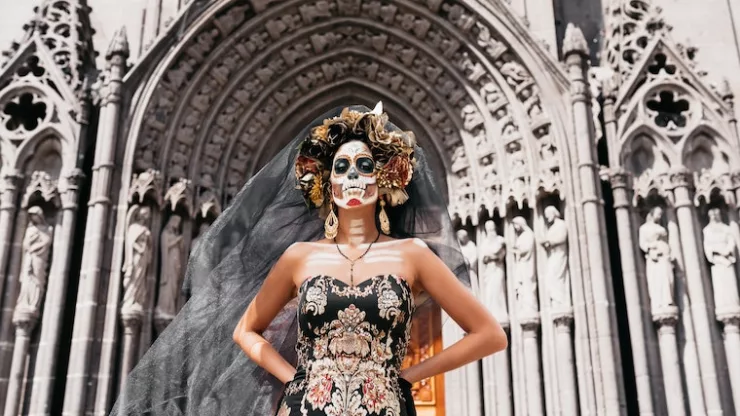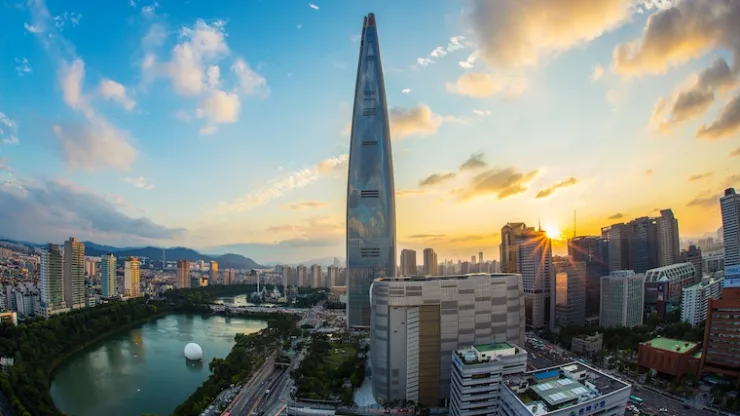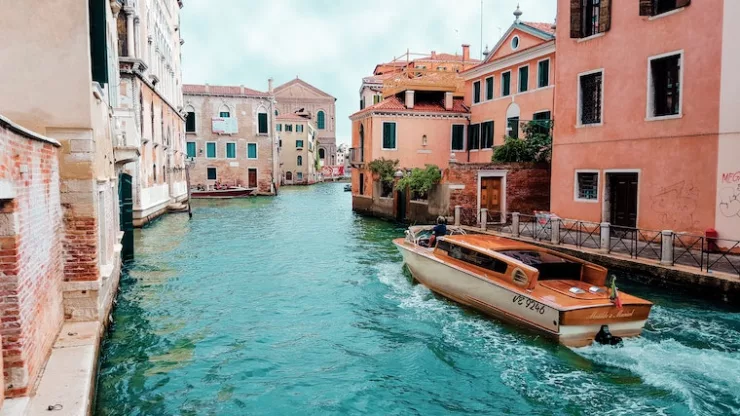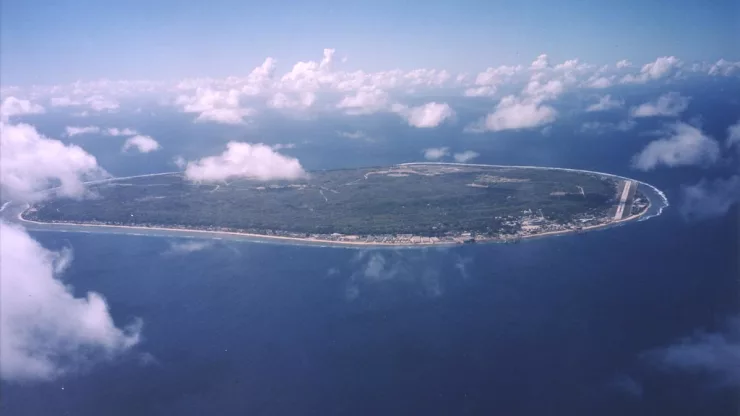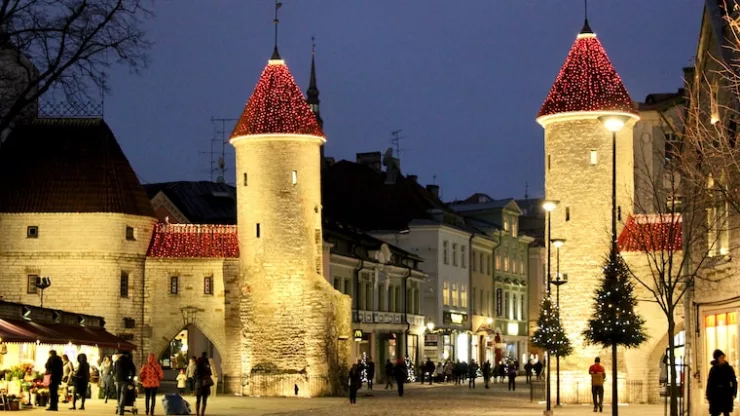Quick Facts
- Capital: Mexico City
- Population: 126 million
- Area: 1,964,375 km²
- Currency: Mexican Peso
- Official Language: Spanish
Facts About Mexico
Mexico is a land full of cultural and historical treasures, stunning landscapes, and vibrant cuisine.
In this article, we will explore 27 interesting and lesser-known facts about this fascinating country.
- Mexico is the 11th most populous country in the world with a population of approximately 126 million people.
- The official name of Mexico is the United Mexican States (Estados Unidos Mexicanos in Spanish), and it is a federal republic made up of 31 states and the capital, Mexico City.
- Mexico is home to the world’s smallest volcano, Cuexcomate. Standing just 43 feet tall, this tiny volcano is located in Puebla.
- Mexico is one of the 17 megadiverse countries in the world. It ranks fourth in biodiversity, boasting a wide array of plant and animal species.
- Mexico has the third-largest number of UNESCO World Heritage Sites. The country is home to 35 cultural and natural sites recognized for their outstanding universal value.
- The Aztec and Maya civilizations flourished in Mexico thousands of years ago, leaving behind impressive architectural and cultural legacies.
- Mexico is the birthplace of chocolate. The ancient Maya and Aztec civilizations cultivated cacao beans and used them to make a bitter, frothy drink called xocoatl.
- Mexico introduced many foods to the world, including tomatoes, avocados, corn, and chili peppers. These ingredients are now staples in various cuisines globally.
- Dia de los Muertos (Day of the Dead) is a unique Mexican holiday celebrated from October 31 to November 2. This colorful and lively event honors deceased loved ones through a variety of customs and traditions.
- Mexico is the largest Spanish-speaking country by population. While Spanish is the official language, the country also recognizes 68 indigenous languages.
- The Mexican flag consists of three vertical stripes – green, white, and red – with the national coat of arms in the center of the white stripe. The colors represent hope, purity, and the blood of the nation’s heroes, respectively.
- Mexico has the second-highest number of Catholics in the world after Brazil. Approximately 82% of Mexicans identify as Roman Catholic.
- Mexico has the world’s largest pyramid. The Great Pyramid of Cholula has a larger base and volume than the Great Pyramid of Giza in Egypt, although it is shorter in height.
- Mexico has the highest number of taxi cabs in the world, with around 140,000 taxis in Mexico City alone.
- The Mexican cuisine has been recognized as a UNESCO Intangible Cultural Heritage. Traditional Mexican dishes include tacos, enchiladas, tamales, and mole sauce, among others.
- Mexico is home to the world’s largest underwater cave. The Sac Actun cave system, located in the Yucatán Peninsula, stretches over 216 miles.
- Mexico City is sinking at an alarming rate. Due to the excessive extraction of groundwater, some parts of the city are sinking as much as 12 inches per year.
- Mexico has the second-longest coastline in the Americas after Canada. Its coastline spans over 5,797 miles, touching the Pacific Ocean, the Gulf of Mexico, and the Caribbean Sea.
- Mexico is the leading silver producer in the world. It accounts for approximately 23% of the world’s silver production.
- Mexico is home to the oldest university in North America. The National Autonomous University of Mexico (UNAM) was founded in 1551.
- The Chihuahua is the world’s smallest dog breed and originates from Mexico. It is named after the Mexican state of Chihuahua.
- Mexico has a popular sport called Charreria, considered the national sport. It is a competitive event similar to rodeo and showcases equestrian skills and livestock handling techniques.
- Mexico’s Mariachi music is a UNESCO Intangible Cultural Heritage. This lively folk music originated in the western part of the country and is typically performed by ensembles wearing charro suits.
- Mexico is the birthplace of tequila, a distilled spirit made from the blue agave plant. The drink can only be produced in specific regions of the country.
- Mexico has a thriving film industry, known as the Golden Age of Mexican Cinema, which took place between the 1930s and 1950s.
- Mexico is home to El Arbol del Tule, a Montezuma cypress tree with the stoutest trunk of any tree in the world. It has a circumference of 138 feet and is over 2,000 years old.
- Mexico is the origin of the poinsettia, a popular decorative plant during the holiday season. It is named after Joel Poinsett, an American diplomat who introduced the plant to the United States.
Conclusion
Mexico is a captivating and diverse country with a rich history, vibrant culture, and stunning landscapes.
From its ancient civilizations to its world-famous cuisine and bustling cities, Mexico offers a wealth of experiences for travelers and locals alike.
These 27 fascinating facts only scratch the surface of what makes Mexico such a unique and enchanting destination.
Whether you’re exploring its UNESCO World Heritage Sites, indulging in its culinary delights, or simply soaking up the sun on its beautiful beaches, Mexico is a treasure trove waiting to be discovered.
Mexico FAQ
What is Mexico known for?
Mexico is known for its rich history, diverse culture, and beautiful landscapes.
It is famous for its ancient Aztec and Maya civilizations, world-renowned cuisine, vibrant festivals like Dia de los Muertos, mariachi music, and popular exports such as tequila and silver.
What are some popular tourist destinations in Mexico?
Some popular tourist destinations in Mexico include Cancun, Playa del Carmen, and Tulum on the Caribbean coast, Mexico City for its rich history and museums, Guadalajara for its mariachi music and tequila, and Oaxaca for its colorful markets and traditional crafts.
Mexico also has many UNESCO World Heritage Sites, such as the ancient Mayan city of Chichen Itza and the historic center of Puebla.
What is the climate like in Mexico?
Mexico has a diverse climate due to its large size and varied topography.
The coastal areas are generally warm and humid, while the central plateau experiences a more temperate climate.
The northern region can be arid and hot, and the mountainous areas can be cool and even experience snowfall.
Overall, Mexico experiences a wide range of climates, from tropical to desert and everything in between.
What is the main religion in Mexico?
The main religion in Mexico is Roman Catholicism, with approximately 82% of the population identifying as Catholic.
However, Mexico also has a rich history of indigenous religions, and some people still practice these traditional beliefs alongside Catholicism.
What are some traditional Mexican dishes?
Traditional Mexican dishes include tacos, made with corn or flour tortillas filled with various meats, vegetables, and salsas; enchiladas, rolled tortillas stuffed with meat or cheese and covered in a chili sauce; tamales, steamed corn dough filled with meat or vegetables and wrapped in a corn husk; and mole, a complex sauce made from various ingredients like chili peppers, chocolate, and spices.
What currency is used in Mexico?
The currency used in Mexico is the Mexican Peso (MXN). Banknotes come in denominations of 20, 50, 100, 200, 500, and 1,000 pesos, while coins are available in 1, 2, 5, 10, and 20 pesos, as well as smaller centavos.
What is the main industry in Mexico?
Mexico has a diverse economy, with major industries including manufacturing, oil and gas, agriculture, and tourism.
The automotive, electronics, and aerospace industries are particularly strong in Mexico, with many multinational companies operating production facilities in the country.
What is the time zone in Mexico?
Mexico spans four time zones: Pacific Standard Time (PST), Mountain Standard Time (MST), Central Standard Time (CST), and Eastern Standard Time (EST). Most of the country, including Mexico City, follows CST.
What are the most spoken indigenous languages in Mexico?
Some of the most spoken indigenous languages in Mexico include Nahuatl, Yucatec Maya, Mixtec, Zapotec, and Tzeltal.
The Mexican government recognizes 68 indigenous languages, and many of these languages have multiple dialects or variants.
How safe is Mexico for tourists?
Safety in Mexico varies depending on the region and specific location.
While some areas experience higher levels of crime and violence, many popular tourist destinations are considered safe for visitors.
It is essential to research the safety of specific destinations, follow travel advisories, and take standard precautions, such as not displaying valuable items and avoiding poorly lit or unfamiliar areas at night.

I am a fun fact enthusiast and creator of Facts On Tap.
I love to share my knowledge and curiosity with readers and inspire them to learn something new every day.
When I’m not writing, I enjoy traveling, reading, and playing trivia games with my friends.
